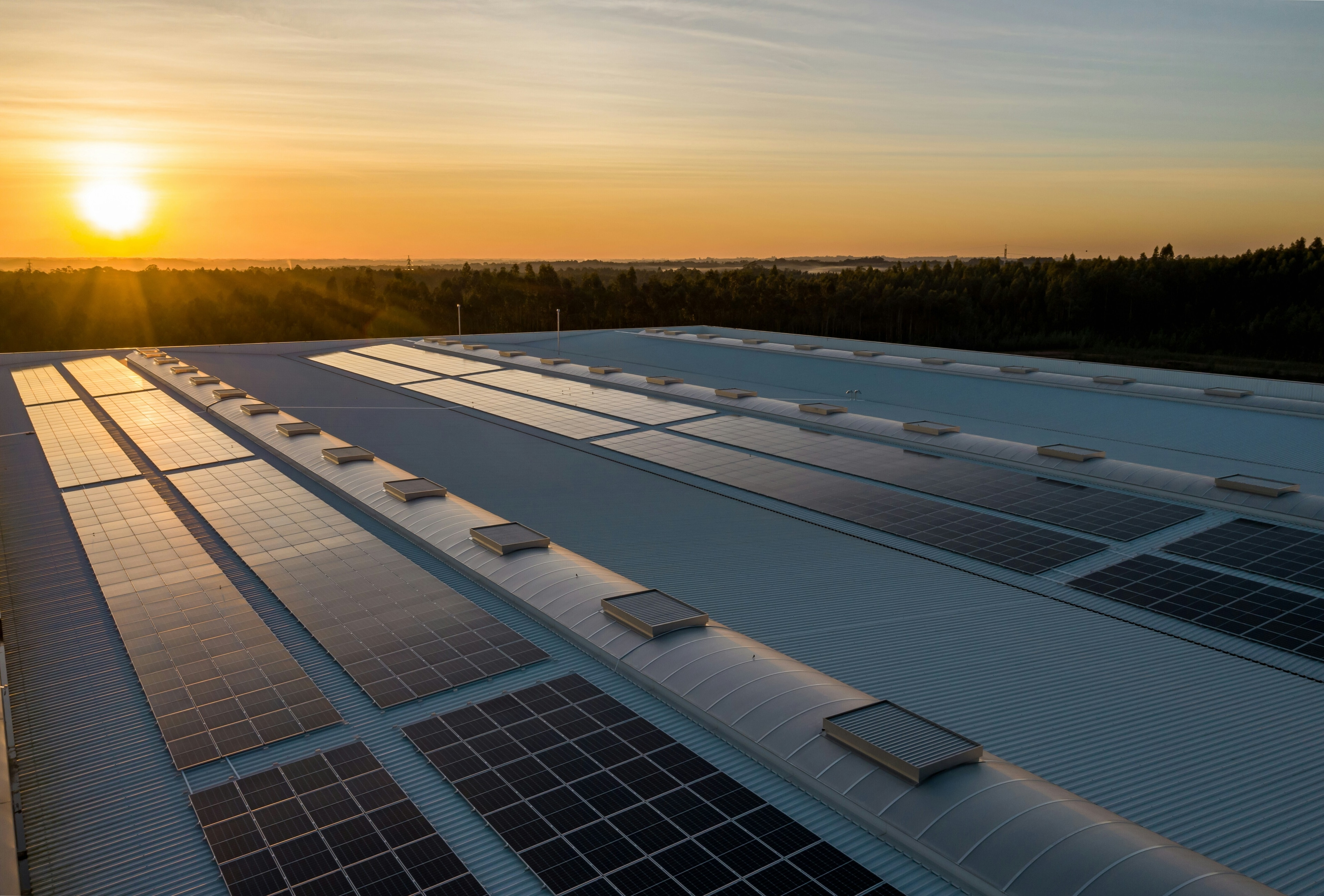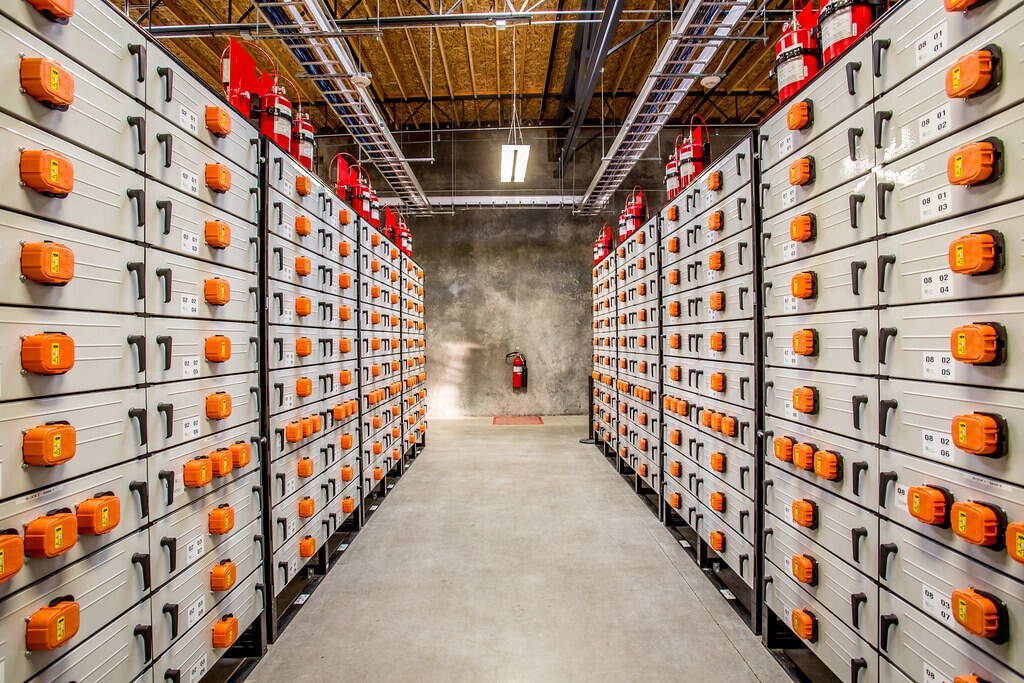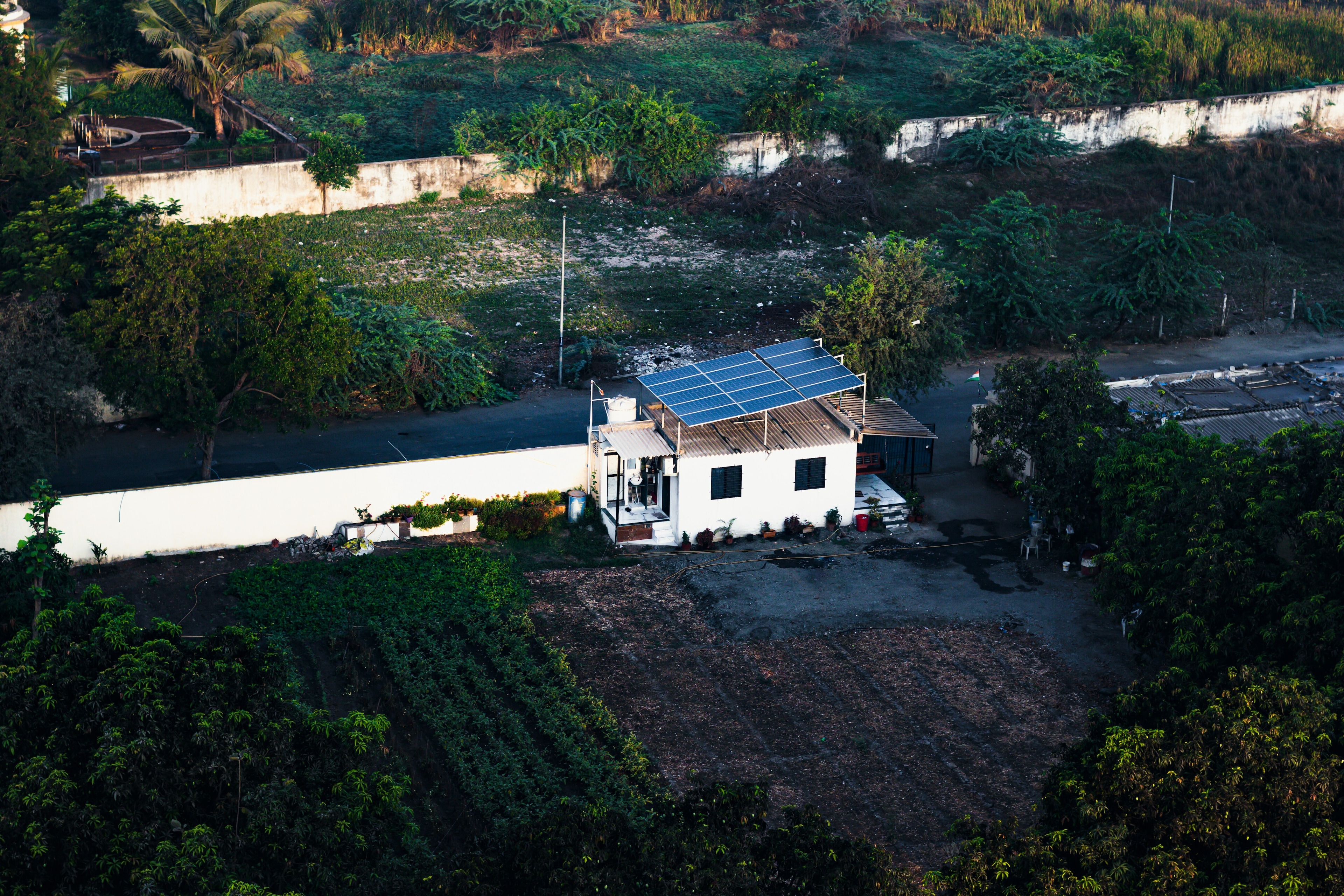Is the world replacing oil dependency with critical minerals?

A lithium conversion plant in La Negra, Chile. Image: Reuters/Cristian Rudolffi
- Just as oil was key to progress during the last century, critical minerals are crucial to this century's energy transition.
- Growing dependency on critical minerals is leading to anxieties over continuing supply and the geopolitical influence they bestow.
- A new World Economic Forum paper suggests such fears may be exaggerated.
Clear signs of progress toward an “energy transition” that will slash emissions are now coming into focus. The good news isn’t becoming a reality everywhere in the world nor arriving at the same speed, of course, because technological revolutions never happen in global lockstep. But the signs of change are unmistakable.
The energy transition is now driving demand for critical minerals like copper (used in wires), lithium (used in batteries) and rare earth minerals (used in motors). In the future, as the transition accelerates and spreads more widely, demand for these critical minerals is expected to soar. Will suppliers be able to keep pace, and will some countries use controls over supplies to wield geopolitical influence?

Today, a group of experts on energy transitions convened by the World Economic Forum is releasing a new paper that offers a framework for answering that question. We focus on whether the rising dependence on critical minerals should be a cause for alarm and what governments and industry might do in response.
In the eyes of many, rising dependence on critical minerals is cause for severe concern and a potential threat to the energy transition. While the energy transition is just starting to shake economic and political dependence on fossil fuels, especially oil, the alarmists see a Faustian bargain taking shape: New dependencies on critical minerals could be a new source of geopolitical power.
Countries and firms dependent on those imports may fear that suppliers will use their power for nefarious purposes. One country, China, already has outsized control over raw and processed supplies for most critical minerals. Alarmists warn that the Chinese grip will tighten, and that could have both political and economic impacts if supply chains become less reliable. On top of that, governments that earn revenues from extracting and processing critical minerals could use those revenues to cause political mischief. That “resource curse” has been a fear in oil and could play out in critical minerals as well.
In the balance is the future of the energy transition – not just the goal of cutting emissions, but also the investment and jobs that will come as new industries, such as electric vehicles and batteries and electric power equipment, struggle to secure their supply chains.
This new paper presents four reasons to avoid falling prey to this fear of unstable dependencies:
1. Global perspective on demand and supply is needed
Since all these critical minerals are global commodities, a global perspective on supply and demand is essential. Moreover, most of these minerals play very small roles in the global economy, and there’s not much of a historical record on which to base alarmist fears. They are growing rapidly, to be sure, but from tiny bases. A lot can change quickly with the right incentives.
Consider lithium. Starting in late 2021, as the global economy was recovering from the COVID-19 pandemic and investment in batteries soaring, lithium prices shot up by a factor of six. Warnings that lithium would be the new oil followed, along with a panic about lithium supply chains. But markets responded – supplies expanded, demand softened from expectation – and prices are back down to earlier levels.
A lesson from this global perspective is the need to let markets work where they can. Policy-makers can help by incentivizing more transparency around data on supply and demand, by encouraging futures markets that send price signals that encourage new supplies and also make it a bit easier for investors to hedge their risks. Policy-makers can also ensure that policy strategies are based on a wider array of diverse scenarios, along with assessments of which are most realistic, so that risks can be assessed and metrics developed to identify them.
2. Expanding supplies is key
That means facilitating the siting and investment in new mines and extraction technologies, such as by offering credible policies to invest in diverse supplies and facilitating responsible siting of new production and processing facilities. Diversity in supplies is also important.

Diversity should not be confused with nationalism, and too much of the global effort to boost supplies – including most prominently in the United States – are focusing on putting national flags on mineral supplies. Building and sustaining the political support needed for large public policy funding of clean energy has required, to some degree, an embrace of onshoring. But the political alliances being forged could easily lead to bad outcomes. Supply chains will get confused and fragmented, diminishing the value of flexibility in a global market. Costs will go up as reliability falters.
Compared with the rest of the critical minerals, the one mineral where there is robust reason for some alarm is copper. For over a century, the world has tried to build more copper mines and struggled to keep pace. A surge in demand, along with the diminishing quality of remaining ore deposits, will make that harder.
3. More responsive demand?
Whether oil or minerals, alarmists tend to focus on supply. But the big surprises usually come from demand. Here, most critical minerals offer a big opportunity because the nature of demand is different from fossil fuels. In oil, the whole world needs about 100 million barrels per day – every day. Minor hiccups translate into big prices and panics.
Most critical minerals are used just once in a project's lifetime—when the equipment is built or installed. That means that demand could be much more sensitive than for fuel markets. More responsive demand is what keeps potentially nefarious and flaky suppliers in check.
Our paper also delves a bit into the big opportunities and advances in the recycling realm – something that’s barely visible in most markets for critical minerals because most of the clean energy devices deployed around the world haven’t yet reached the end of their lifetimes.
4. Innovation
The clean energy revolution is the product of innovation and policy that is driving the costs of being clean lower. Lower costs, in turn, are making it easier to build and sustain the political supporters needed to keep the revolution alive. The same patterns can and must occur with critical mineral supplies and uses. A lot of that innovation is a public good and requires support in the public interest. It’s also striking how much potential there is for example, with new mining and extraction techniques – if innovation policies take big risks and encourage experimentation with radical new ideas and not just the familiar.
What's the World Economic Forum doing about the transition to clean energy?
The energy transition will create rising dependencies on critical minerals. However, a comparison with the oil industry shows that we should be diligent rather than alarmed.
The right policies can help markets operate more effectively, producing signals to correct imbalances between demand and supply. Just as the oil age is not ending for lack of oil, the clean energy era need not falter for lack of lithium, copper, or nickel.
Don't miss any update on this topic
Create a free account and access your personalized content collection with our latest publications and analyses.
License and Republishing
World Economic Forum articles may be republished in accordance with the Creative Commons Attribution-NonCommercial-NoDerivatives 4.0 International Public License, and in accordance with our Terms of Use.
The views expressed in this article are those of the author alone and not the World Economic Forum.
Related topics:
The Agenda Weekly
A weekly update of the most important issues driving the global agenda
You can unsubscribe at any time using the link in our emails. For more details, review our privacy policy.
More on Energy TransitionSee all
Rishabh Mishra
May 14, 2024
Vee Li and Zhang Xun
May 13, 2024
Jesse Saldivar, Alaina Ladner, Marc Starkey and Brittany Syz
May 13, 2024
Fahad Al-Dhubaib
May 10, 2024
Prasad Thakur and Labanya Prakash Jena
May 10, 2024
Jennifer Rosen
May 10, 2024







